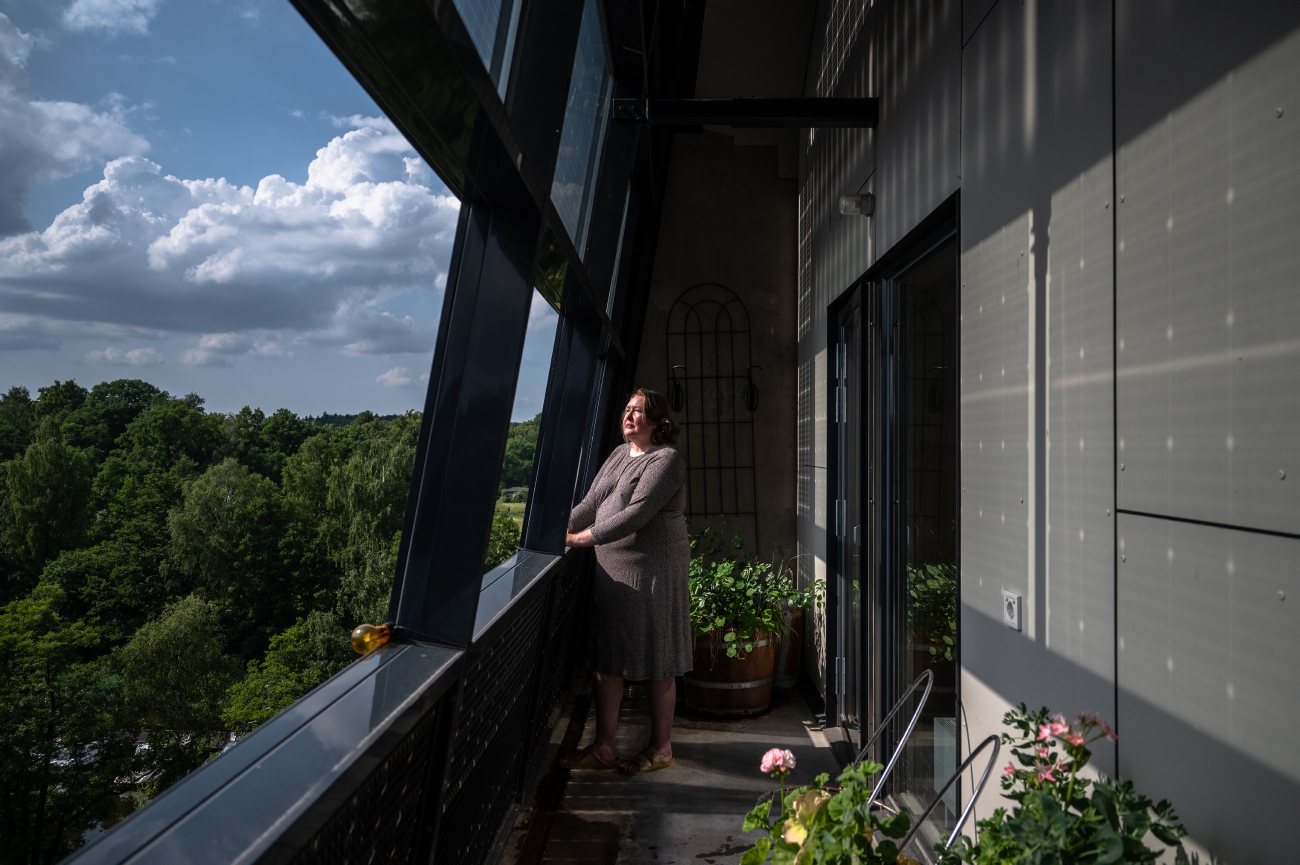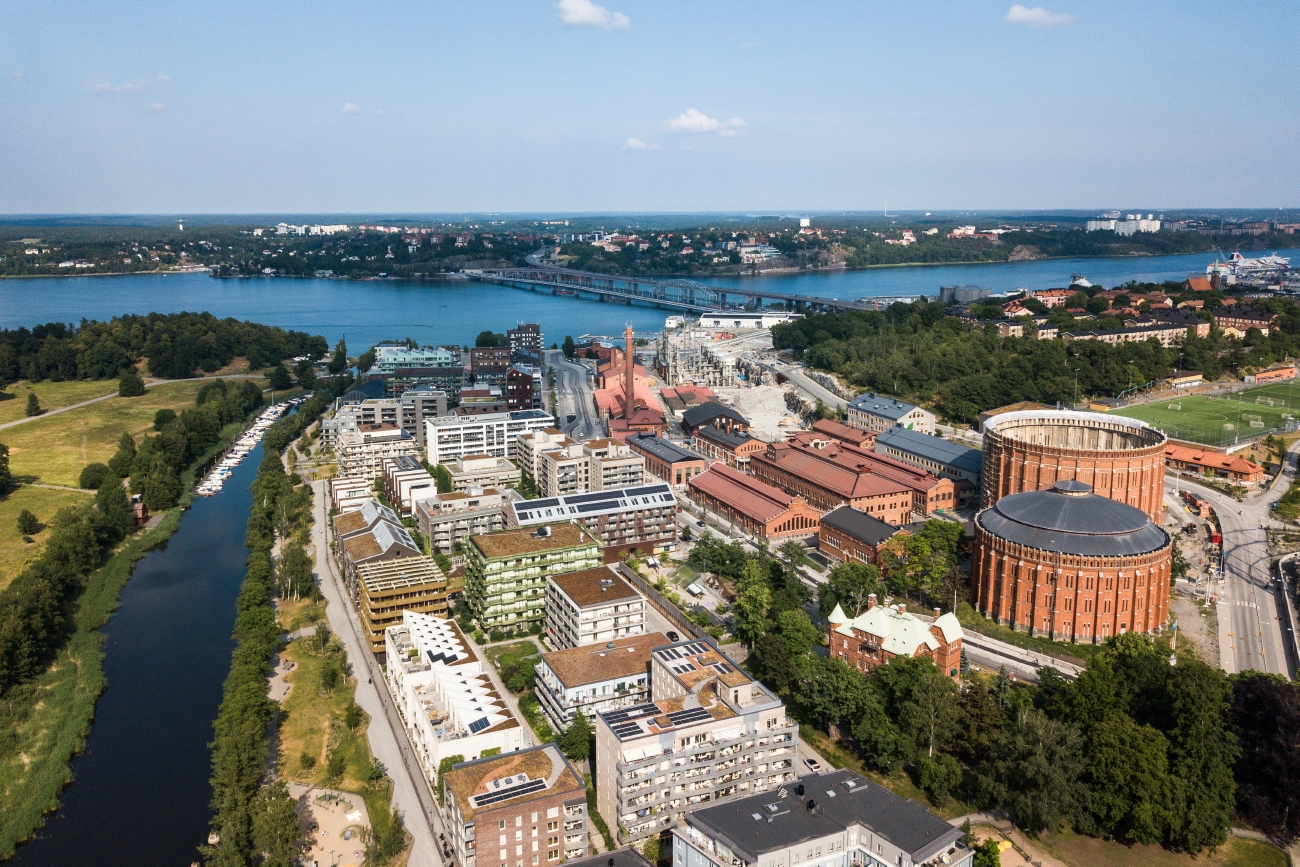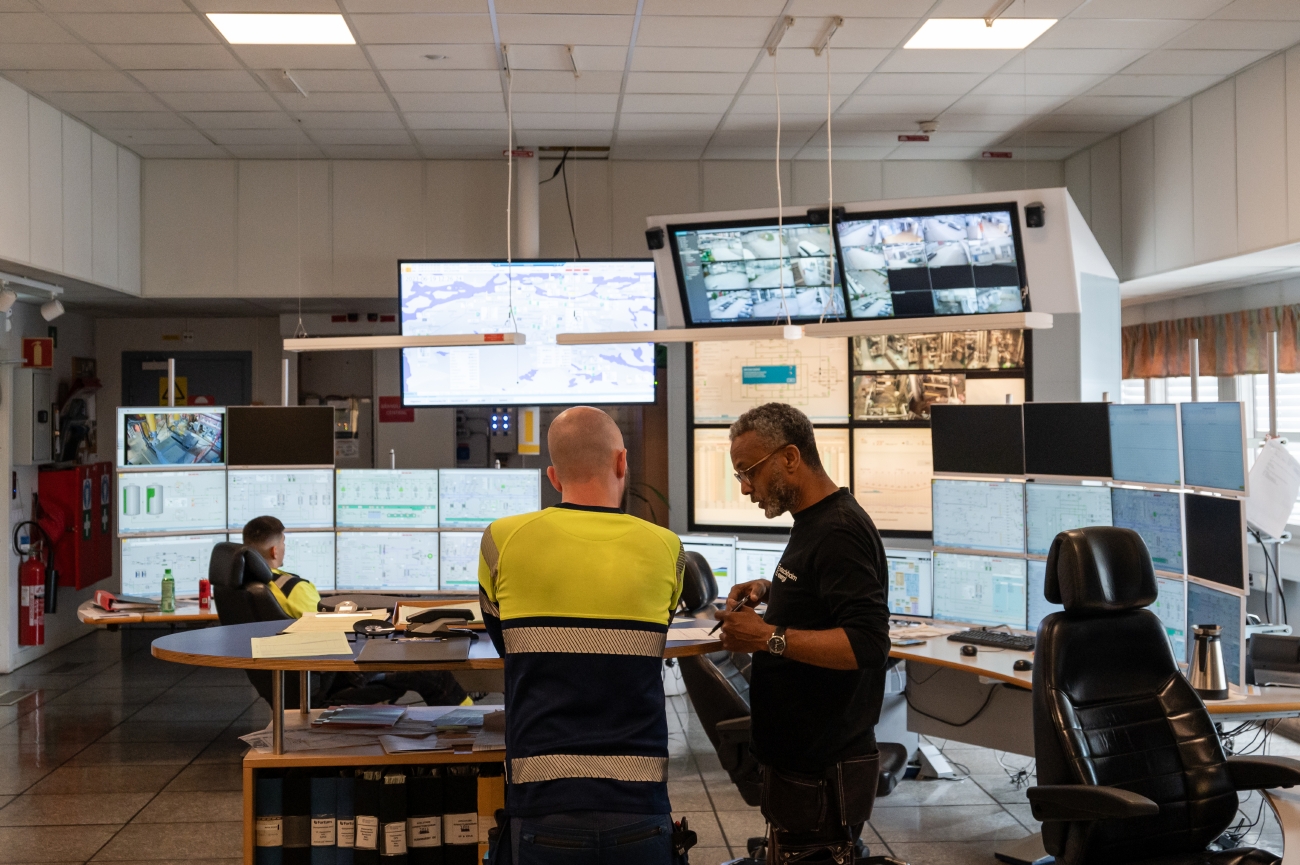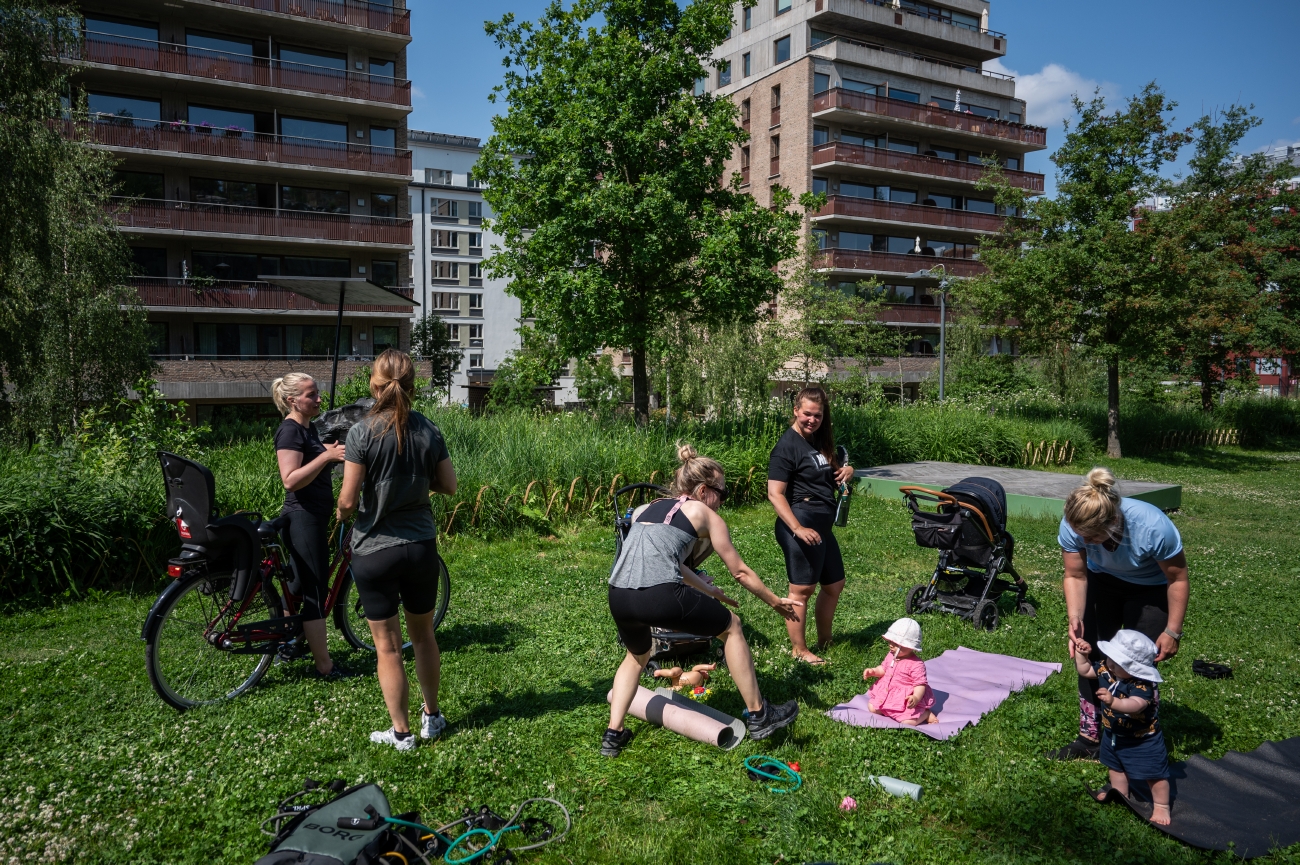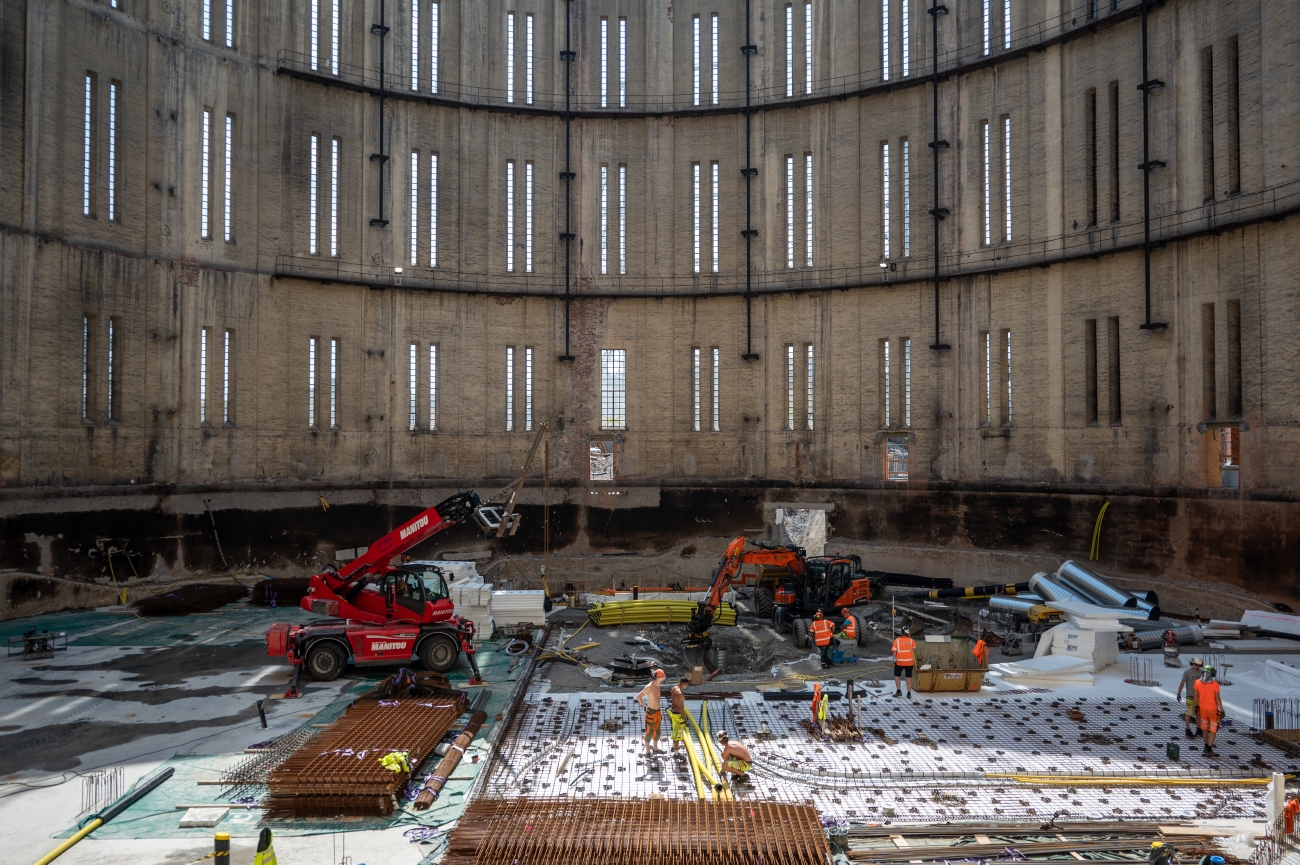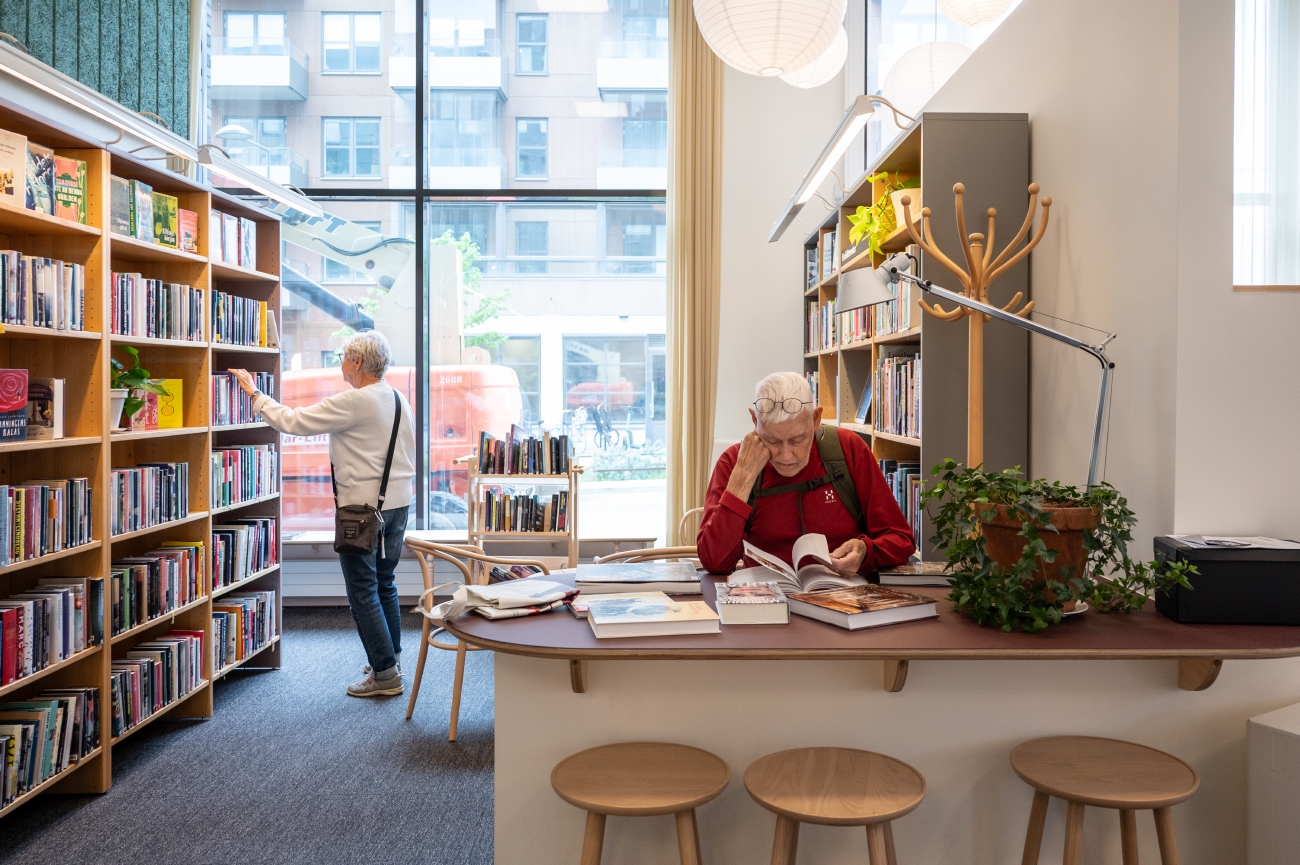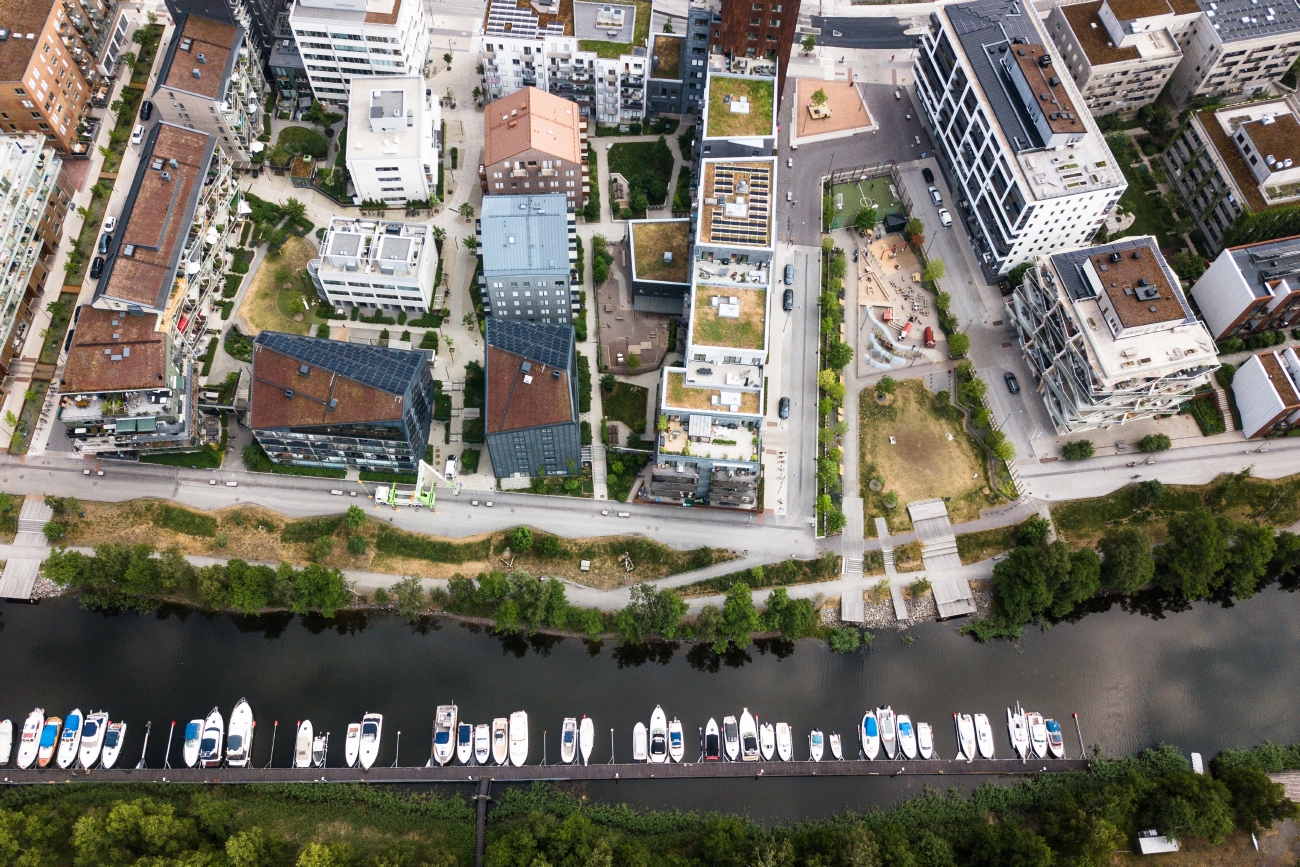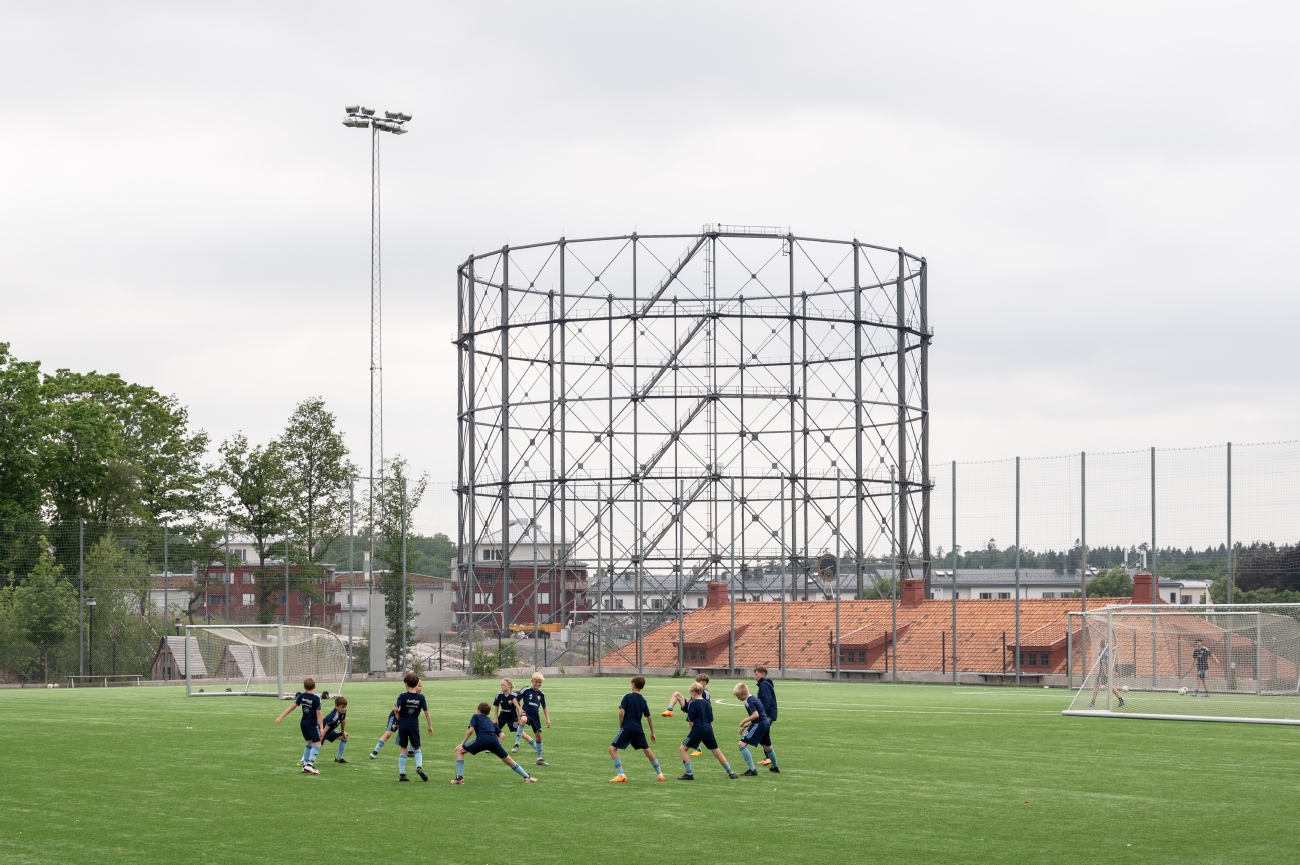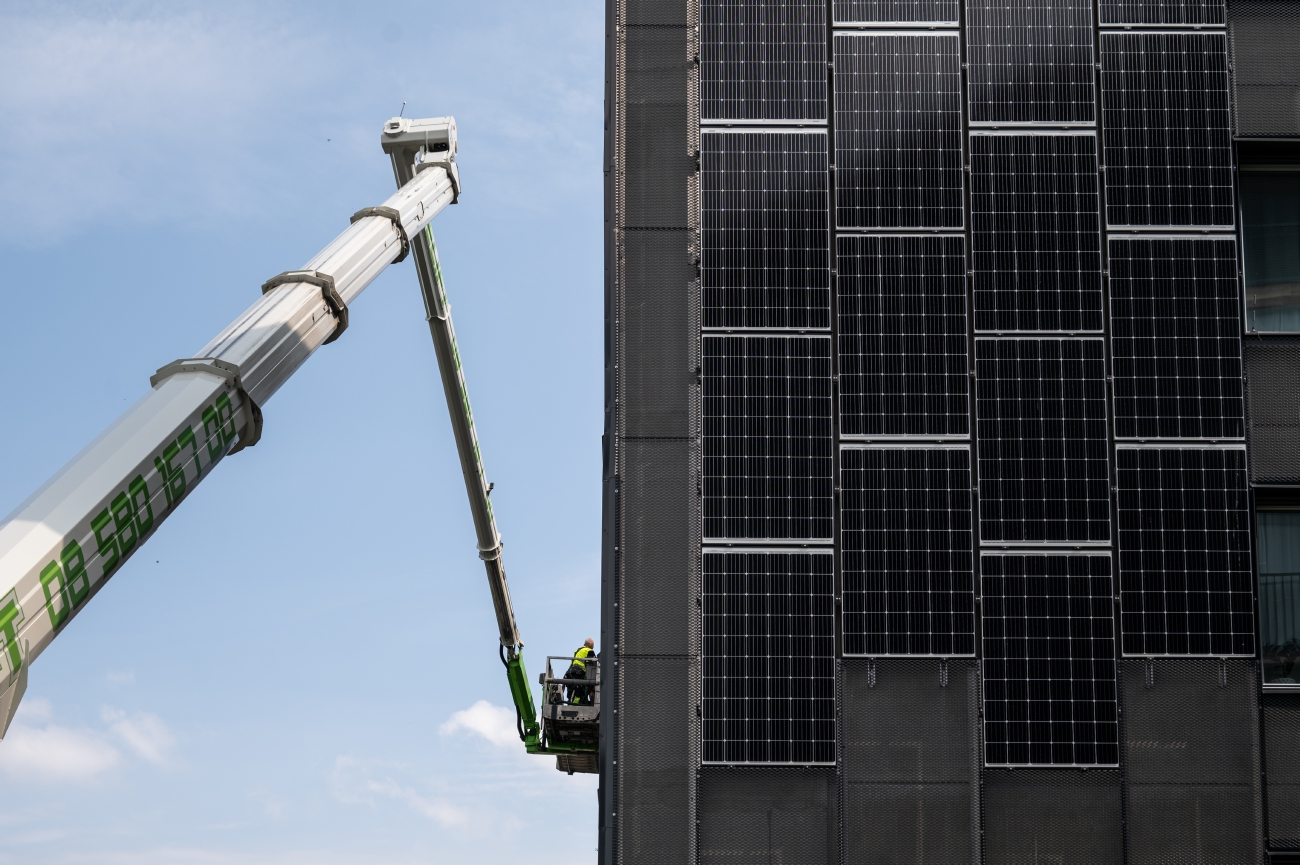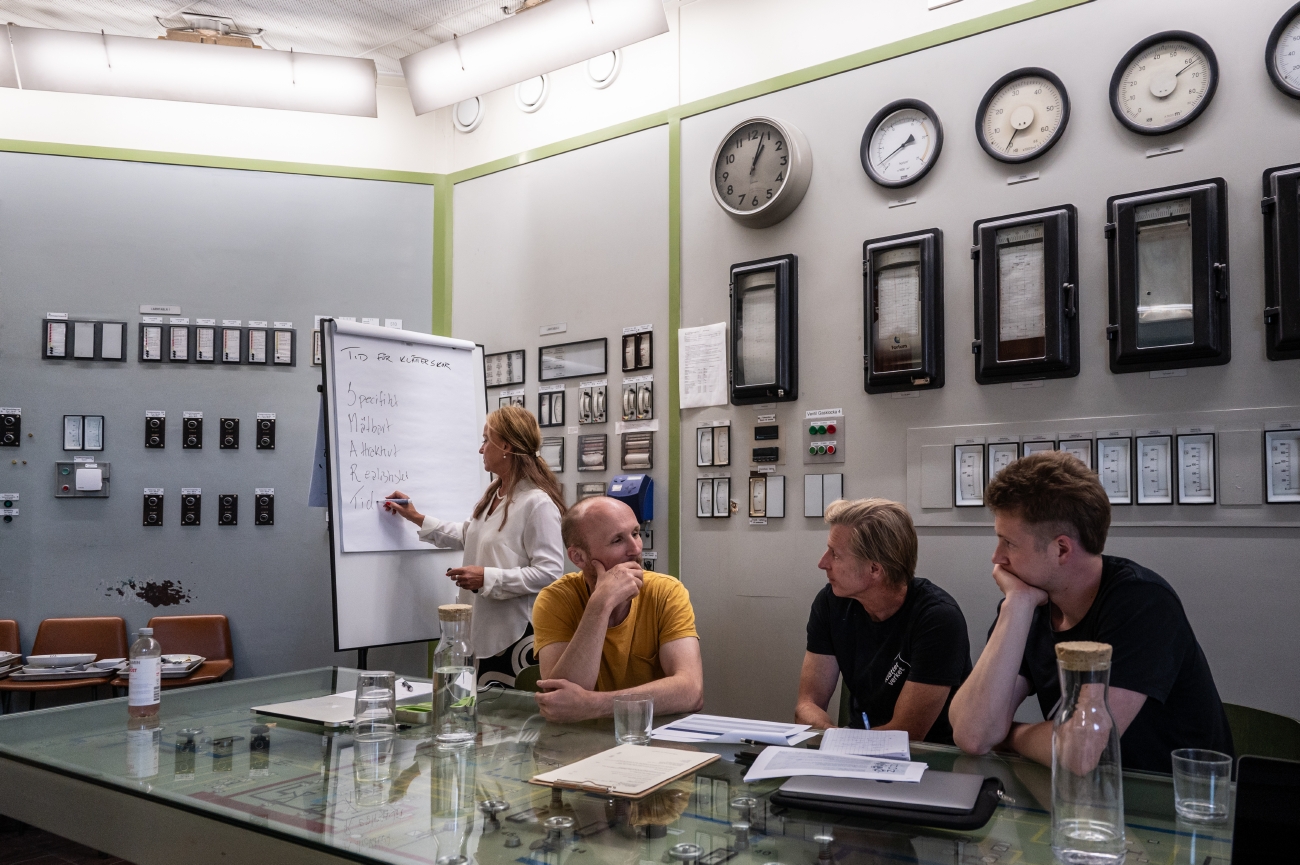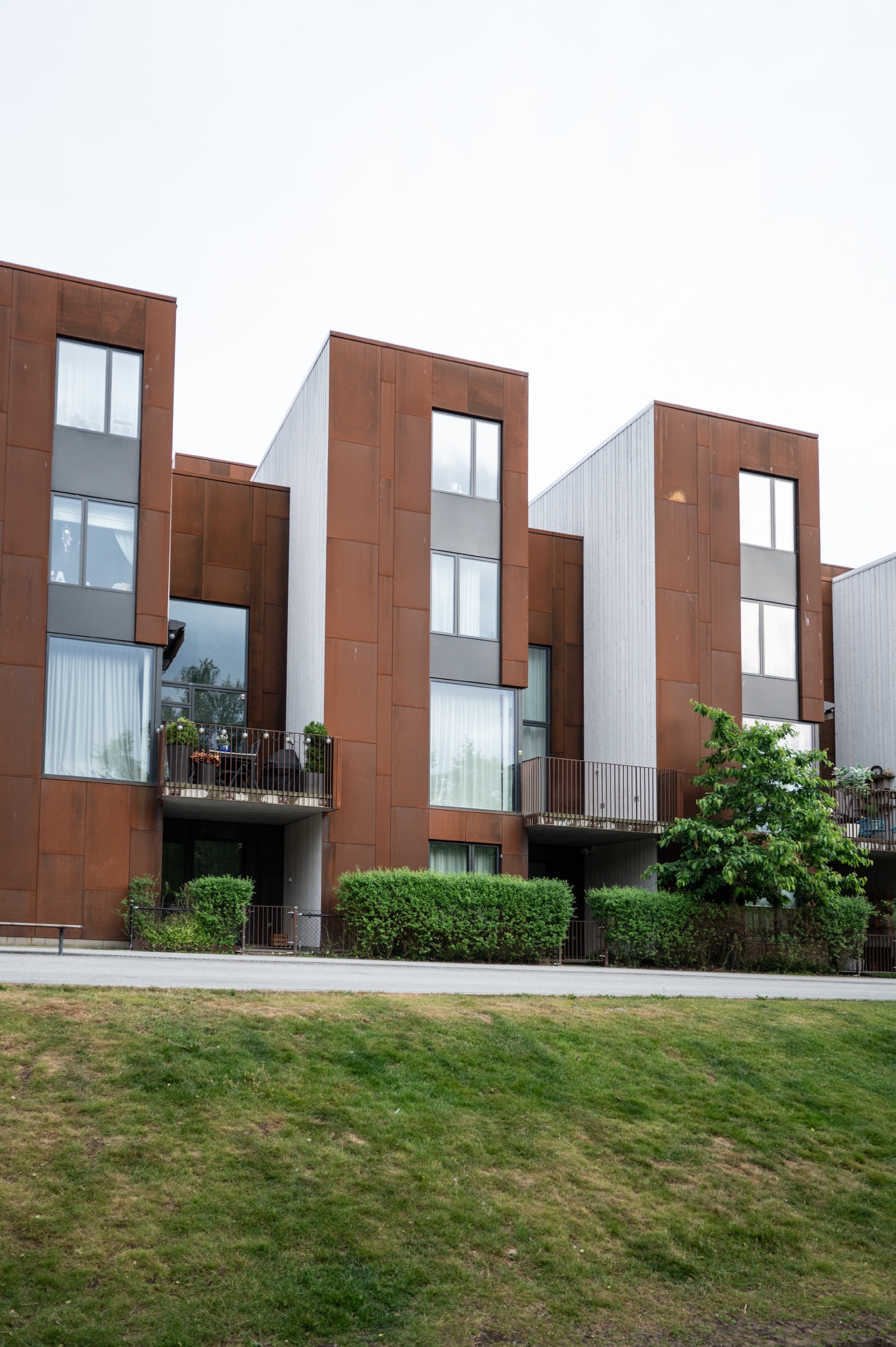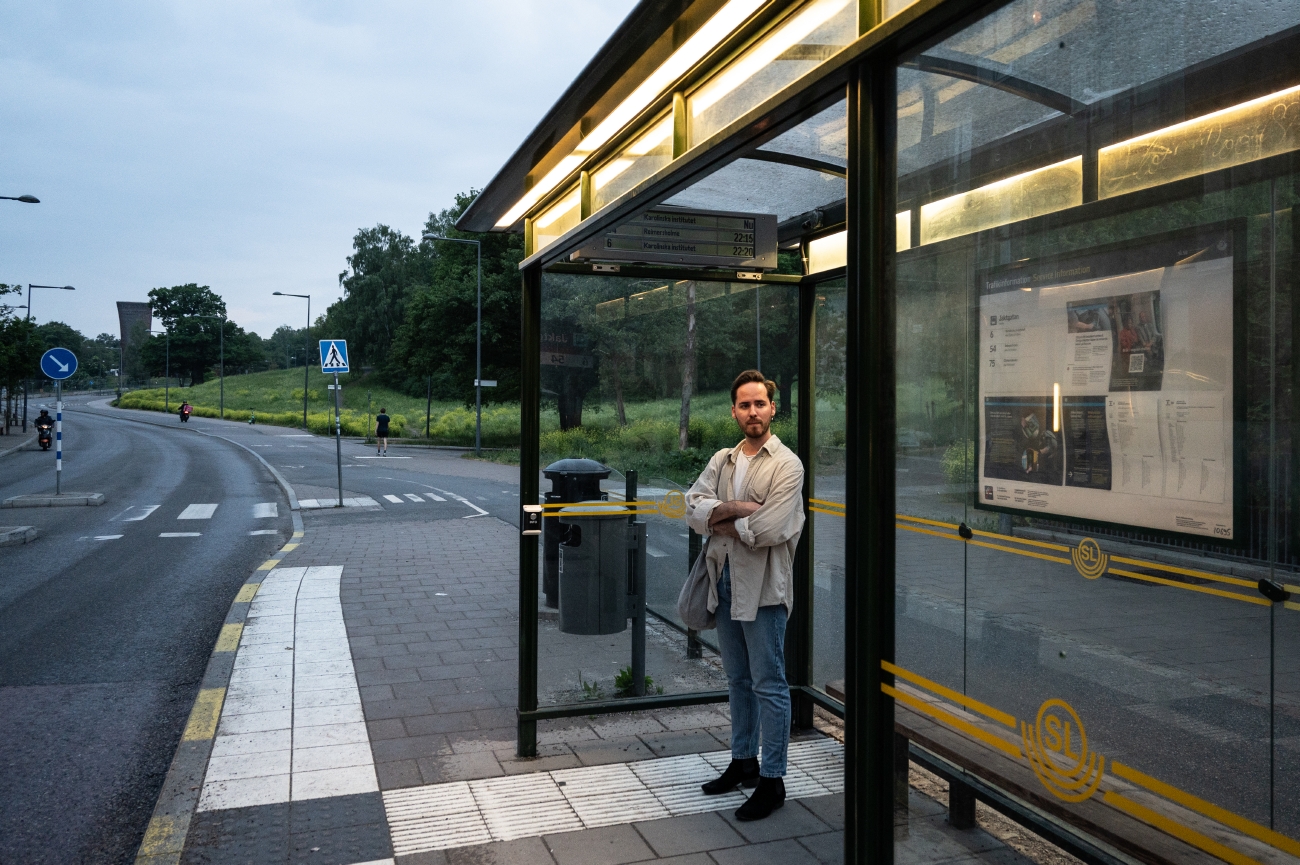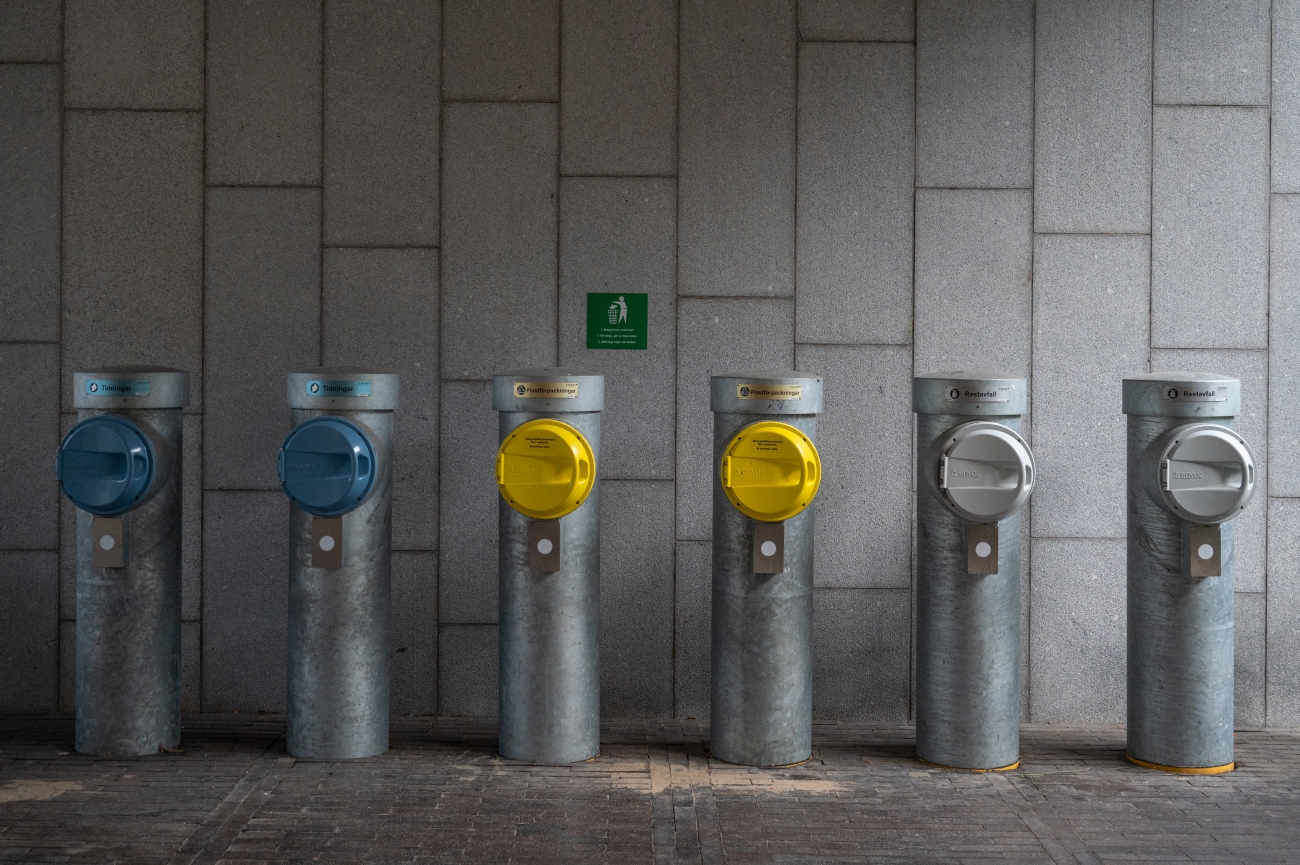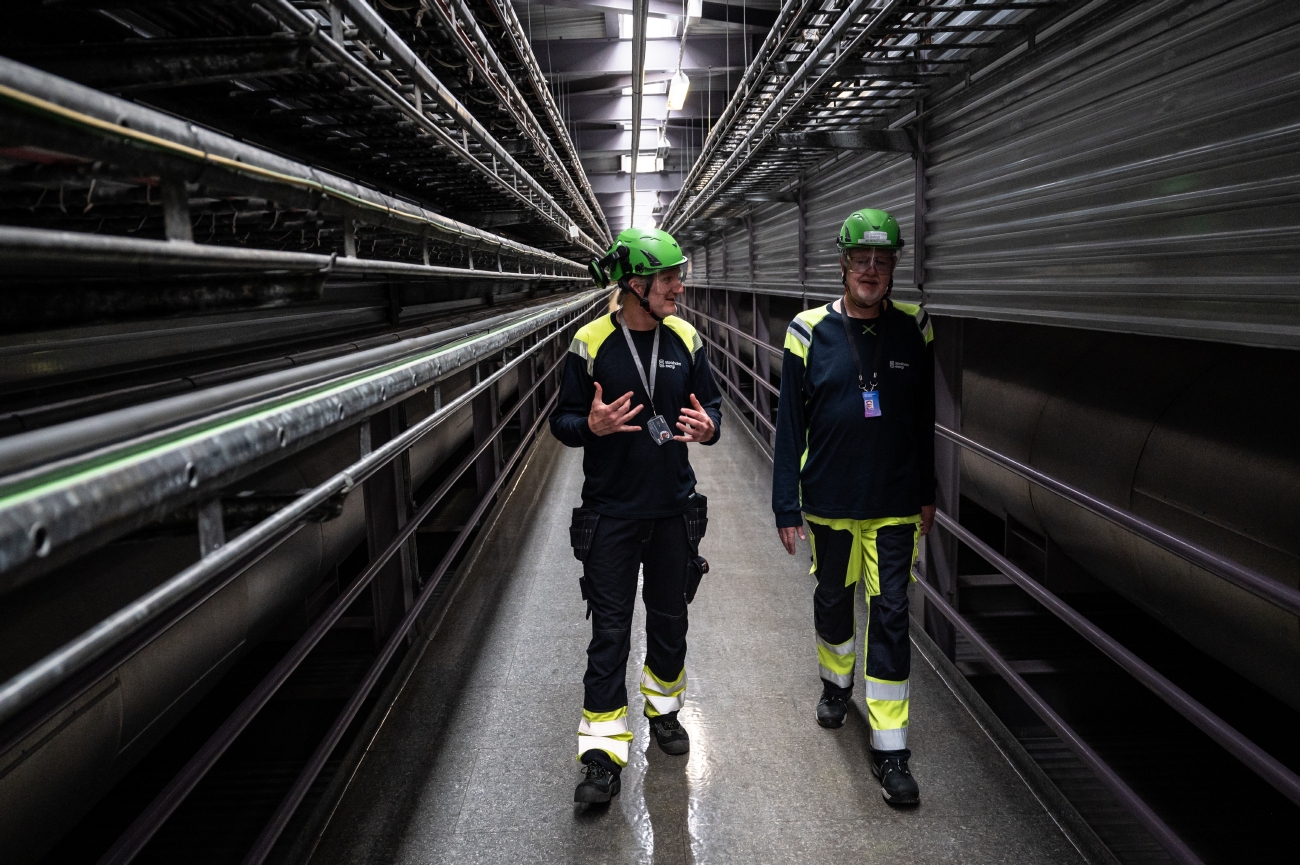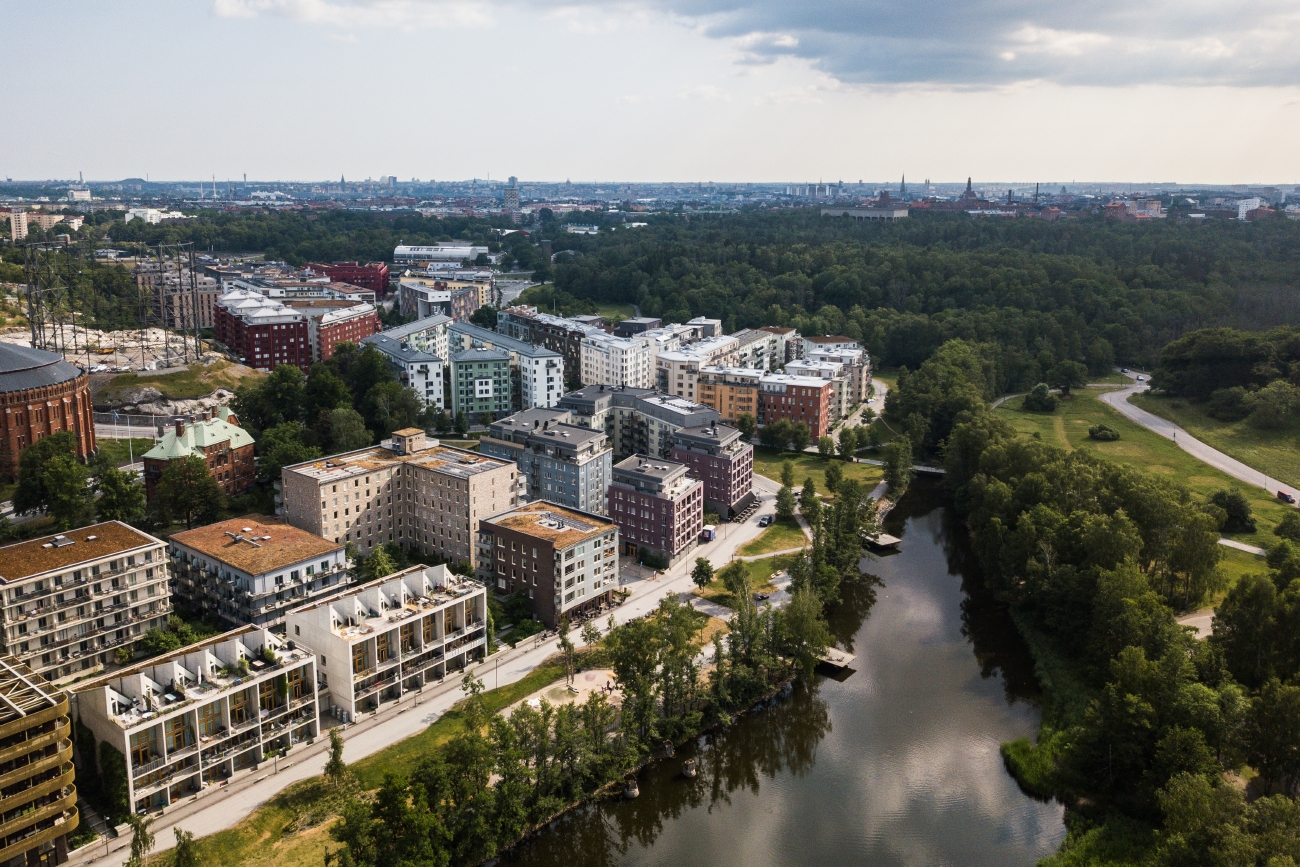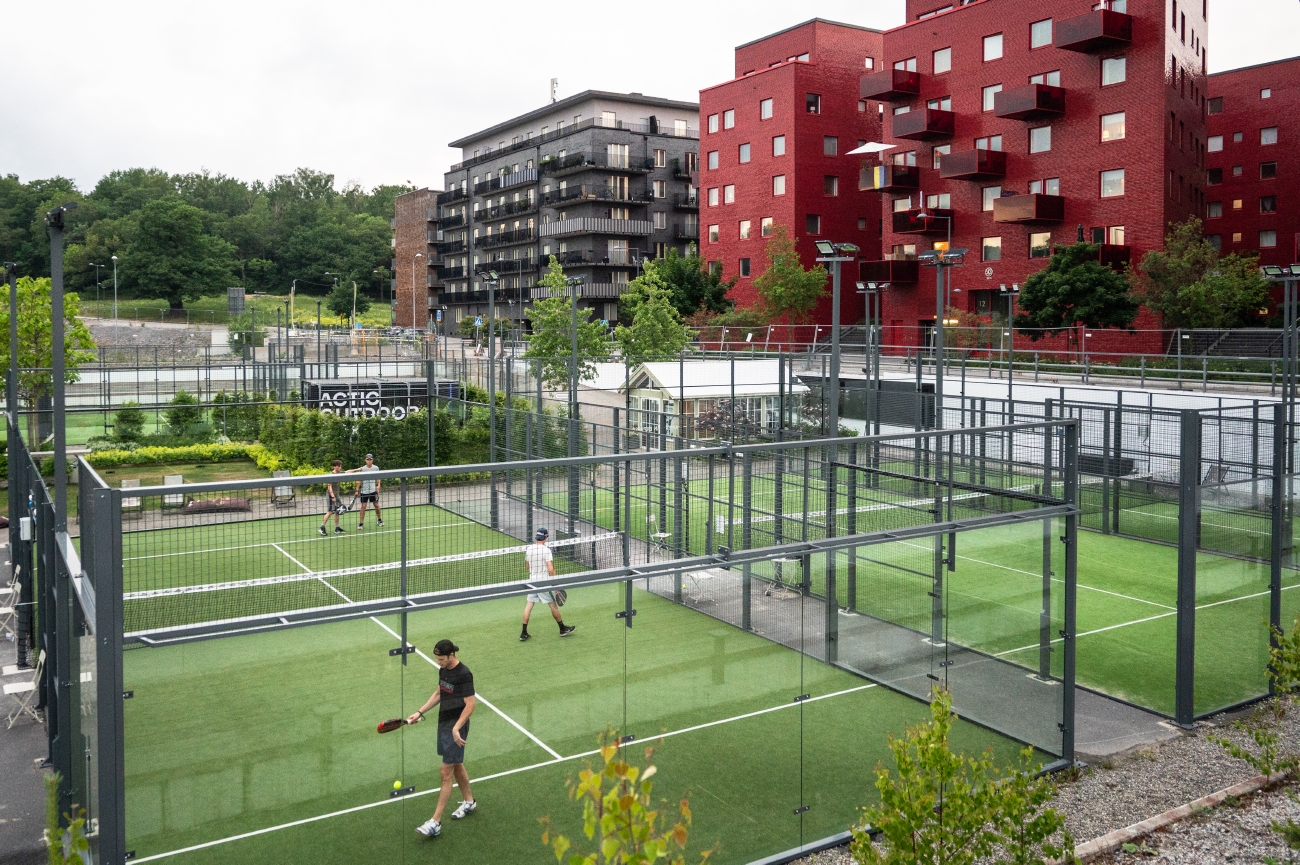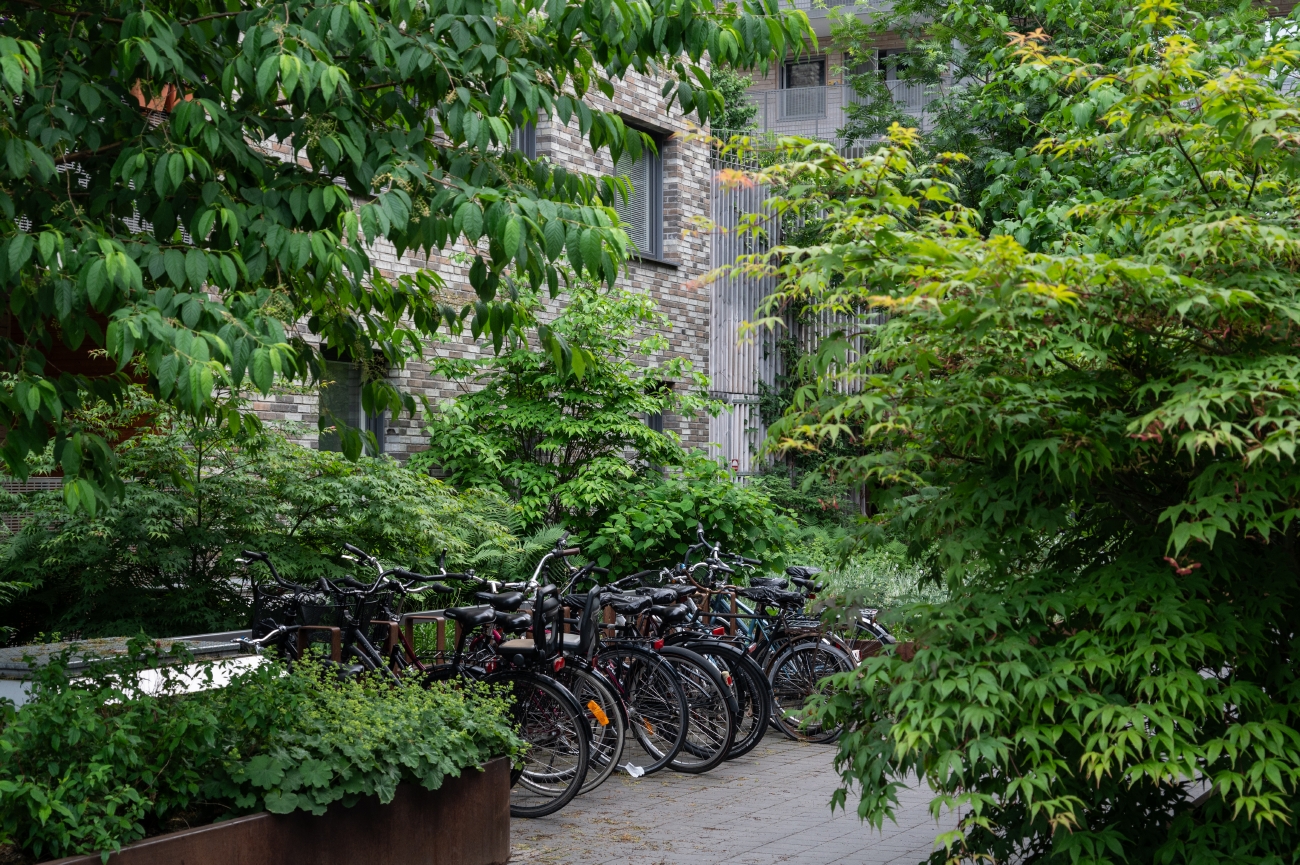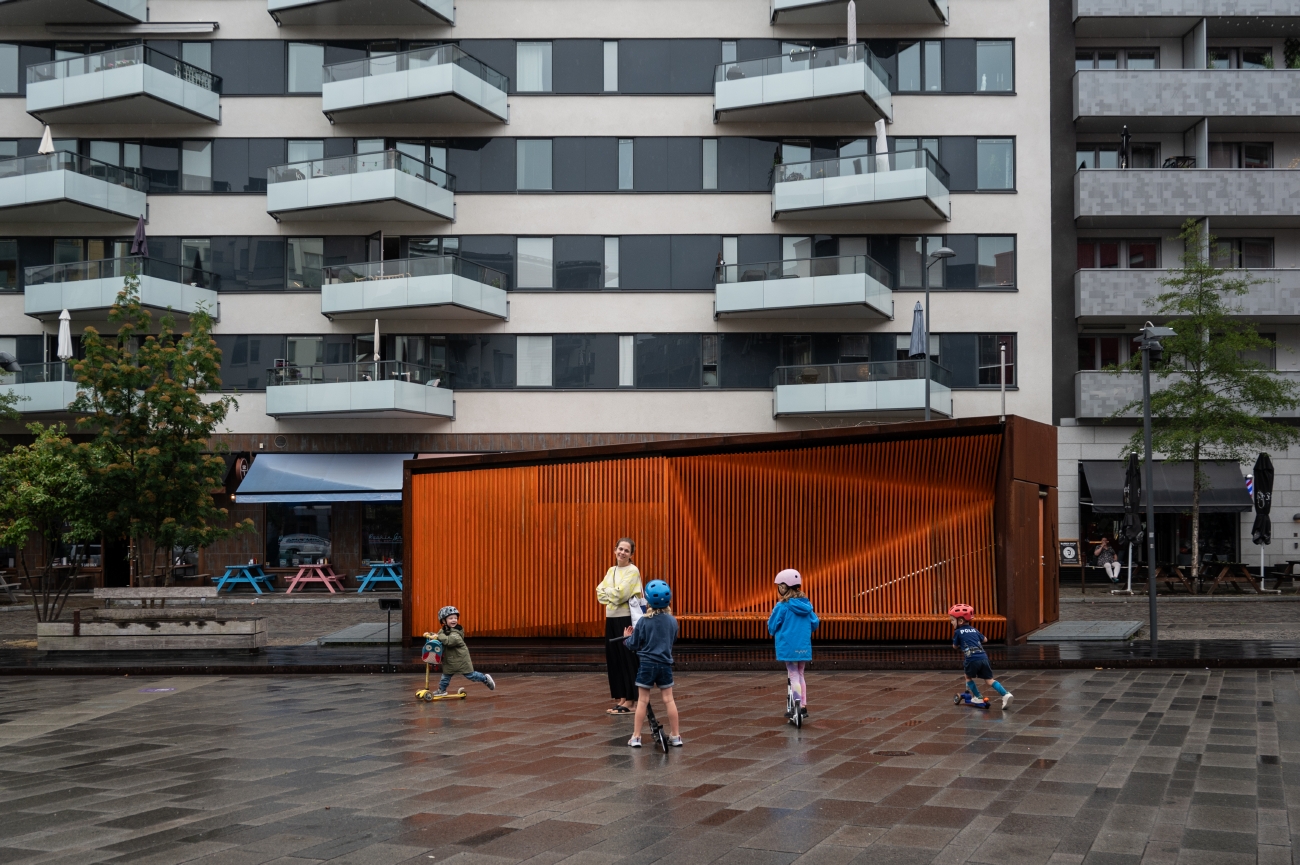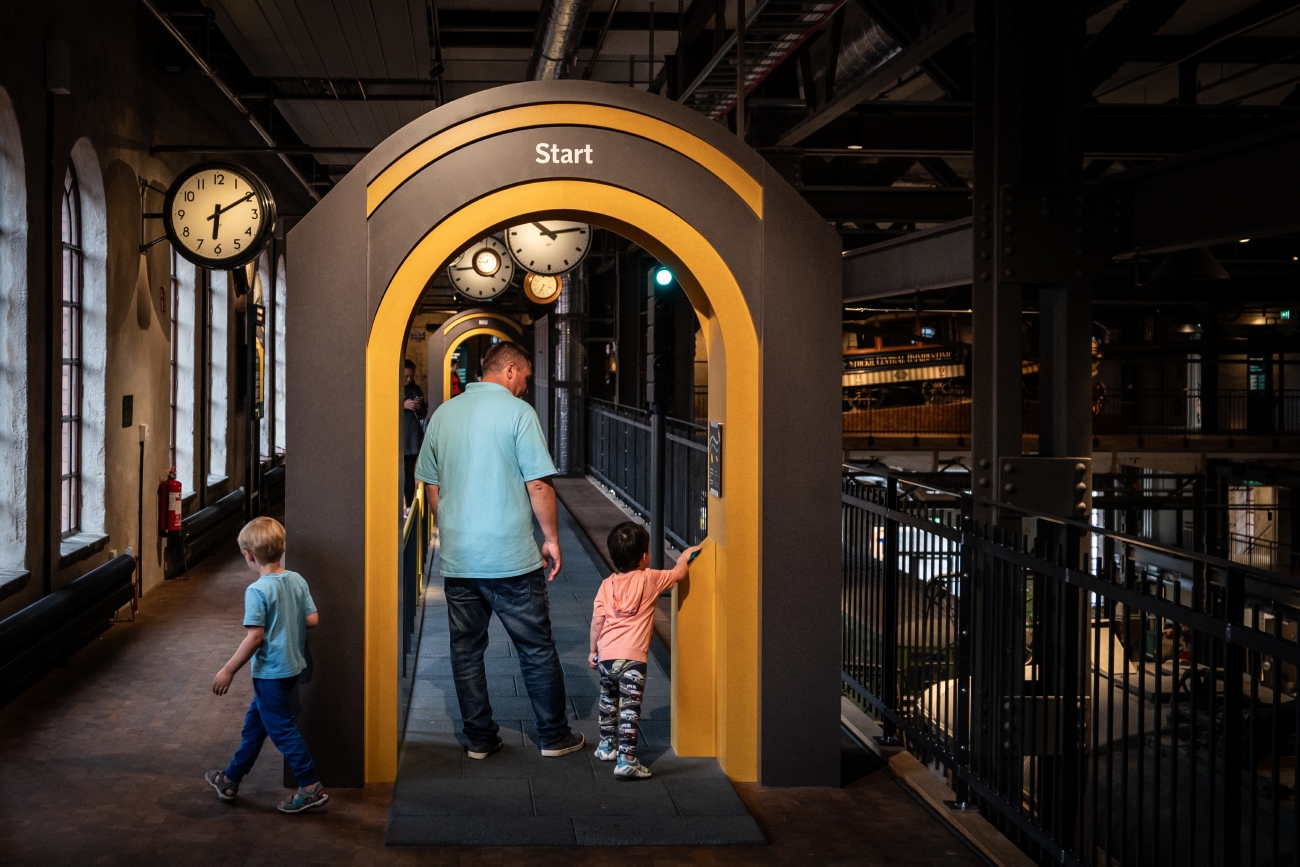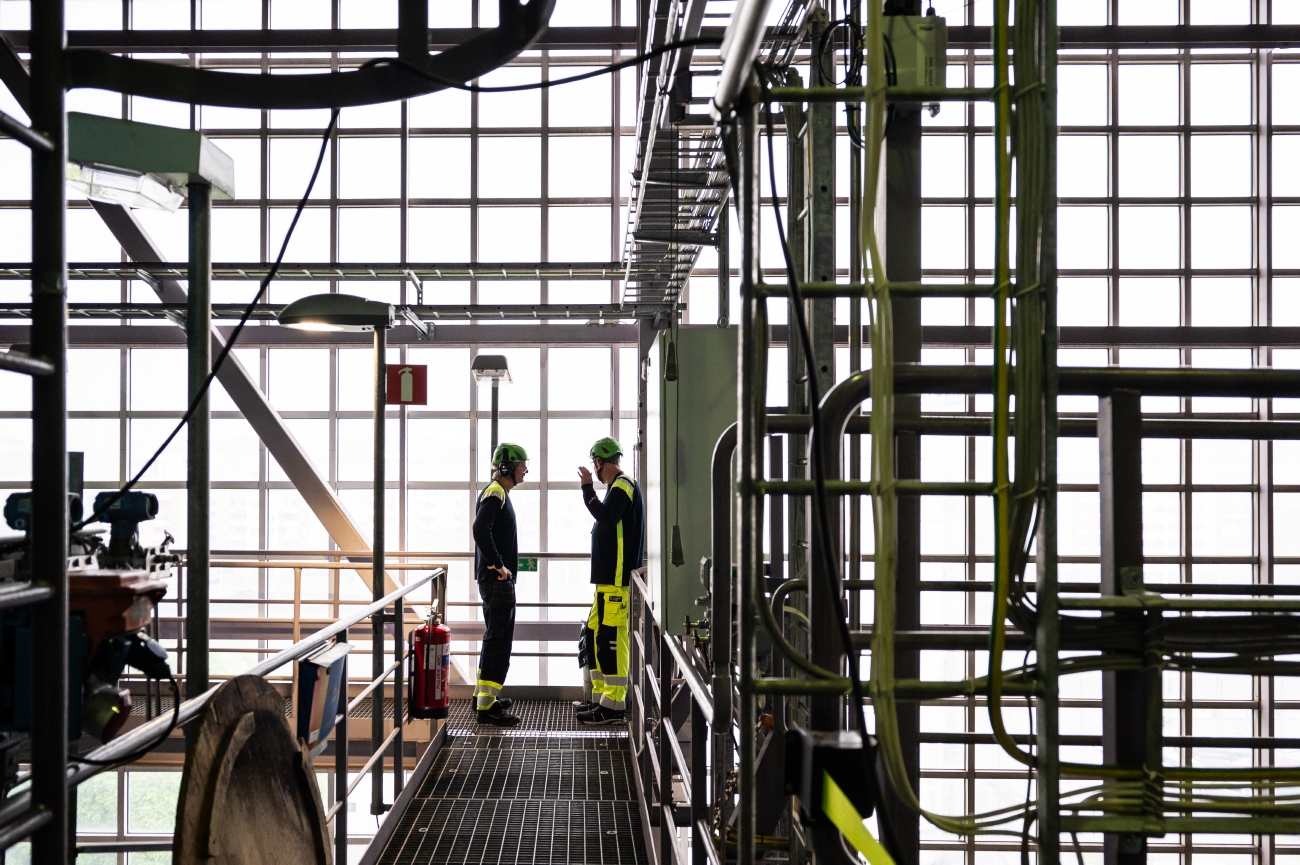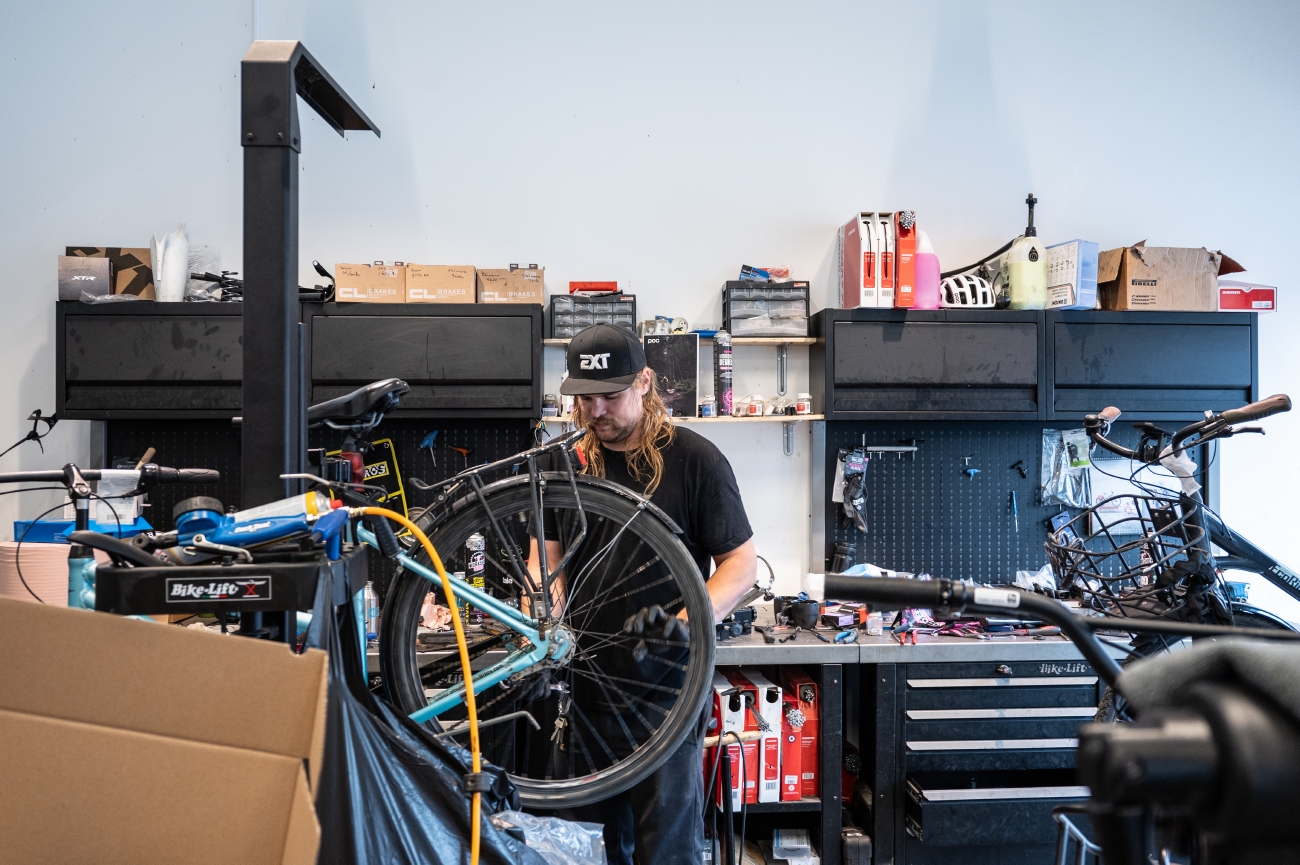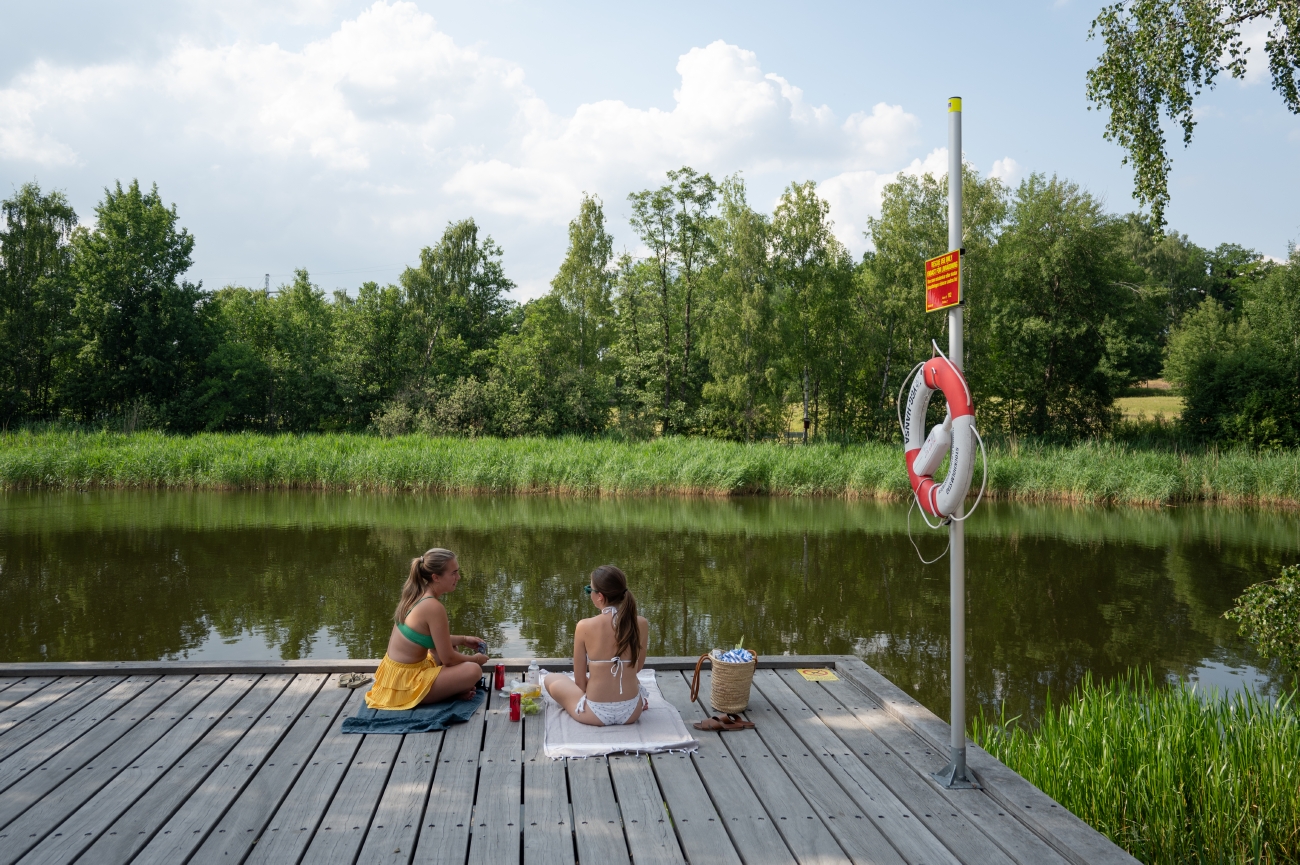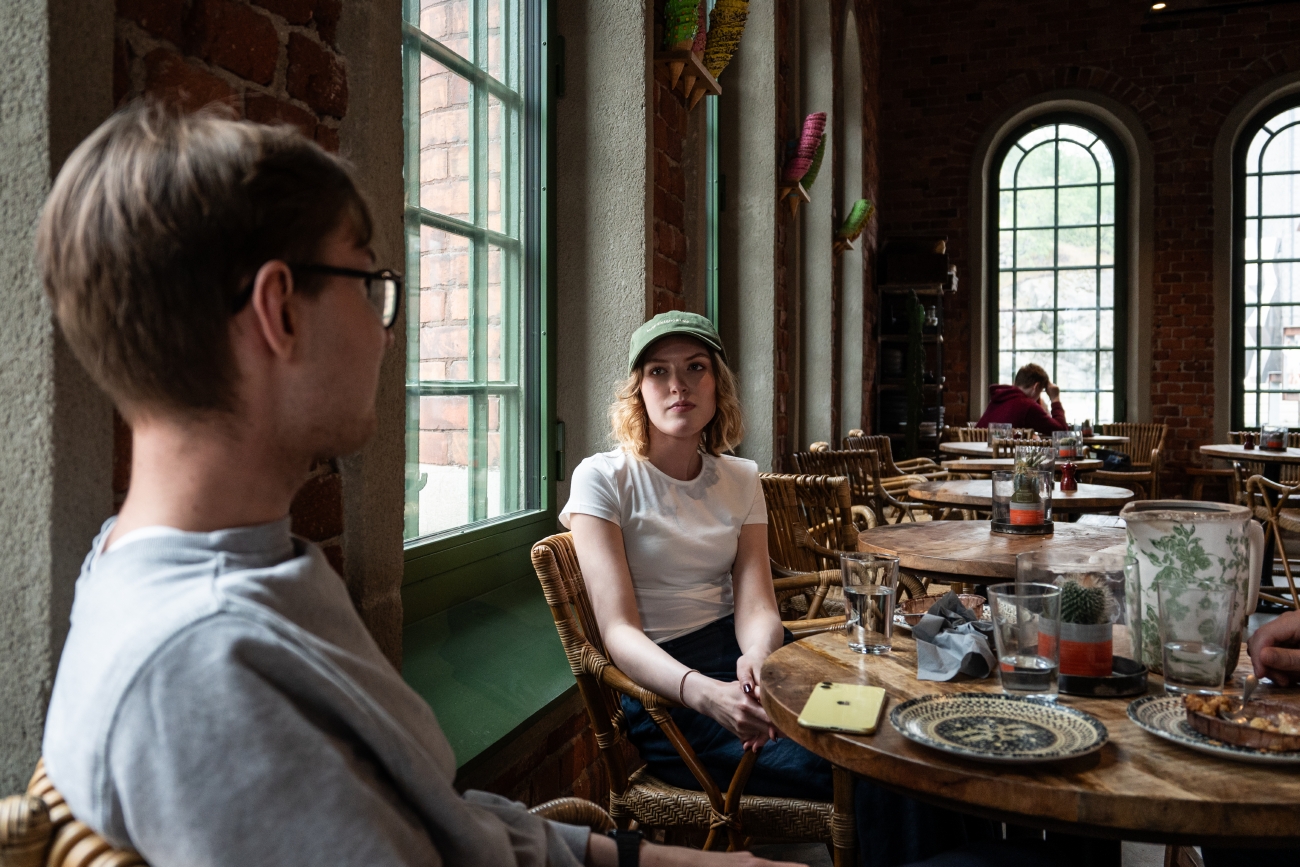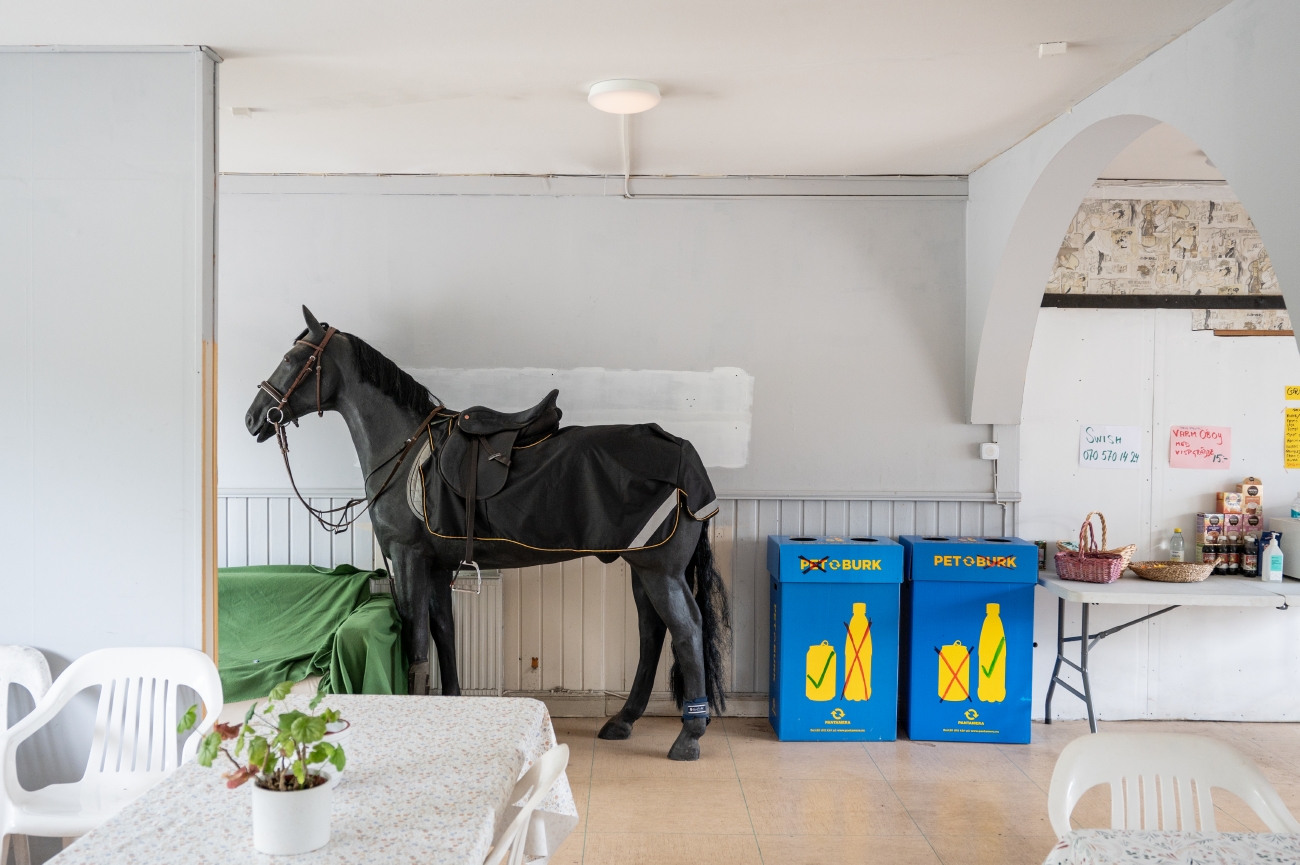A new frontier of sustainability
The Royal Seaport neighborhood in Stockholm is expected to become one of Europe’s largest innovative urban developments
Photo by Alessandro Gandolfi
The Royal Seaport neighborhood in northern Stockholm, Sweden is expected to become one of Europe’s largest innovative urban developments, counting 12,000 new homes and 35,000 workplaces, covering an area of over 236 hectares (583 acres). As climate change is felt around the globe, homes are said to be responsible for about 40% of the global carbon dioxide emissions causing it.
In the past few years, the European Union has begun facilitating a transition to “greener” homes in order to improve the way in which member states construct and operate their buildings. Everybody has had to chip in and do their bit. But housing crises in large cities like New York, London and Milan are prompting local authorities to look for quick solutions rather than contributing to a long- term transition. According to a 2018 United Nations report, by 2050, two out of every three people will be living in cities, adding pressure on already strained urban systems.
From a technical point of view, the knowledge needed to make new energy-efficient homes that do not contribute to climate change, while meeting the increasing demand for housing, is available to decision-makers around the world. And yet, making this transition comes with substantial economic costs and requires planning with a long-term vision. Lawmakers, city planners, and citizens are grappling with recurring questions: Where will it be feasible to build large-scale sustainable housing? Who will be able to afford to live in it? And what does “sustainable” actually mean? Stockholm is trying to find some answers.
This work is part of a project on the eco-efficiency of housing carried out in collaboration with the European Climate Foundation.
(2023)
